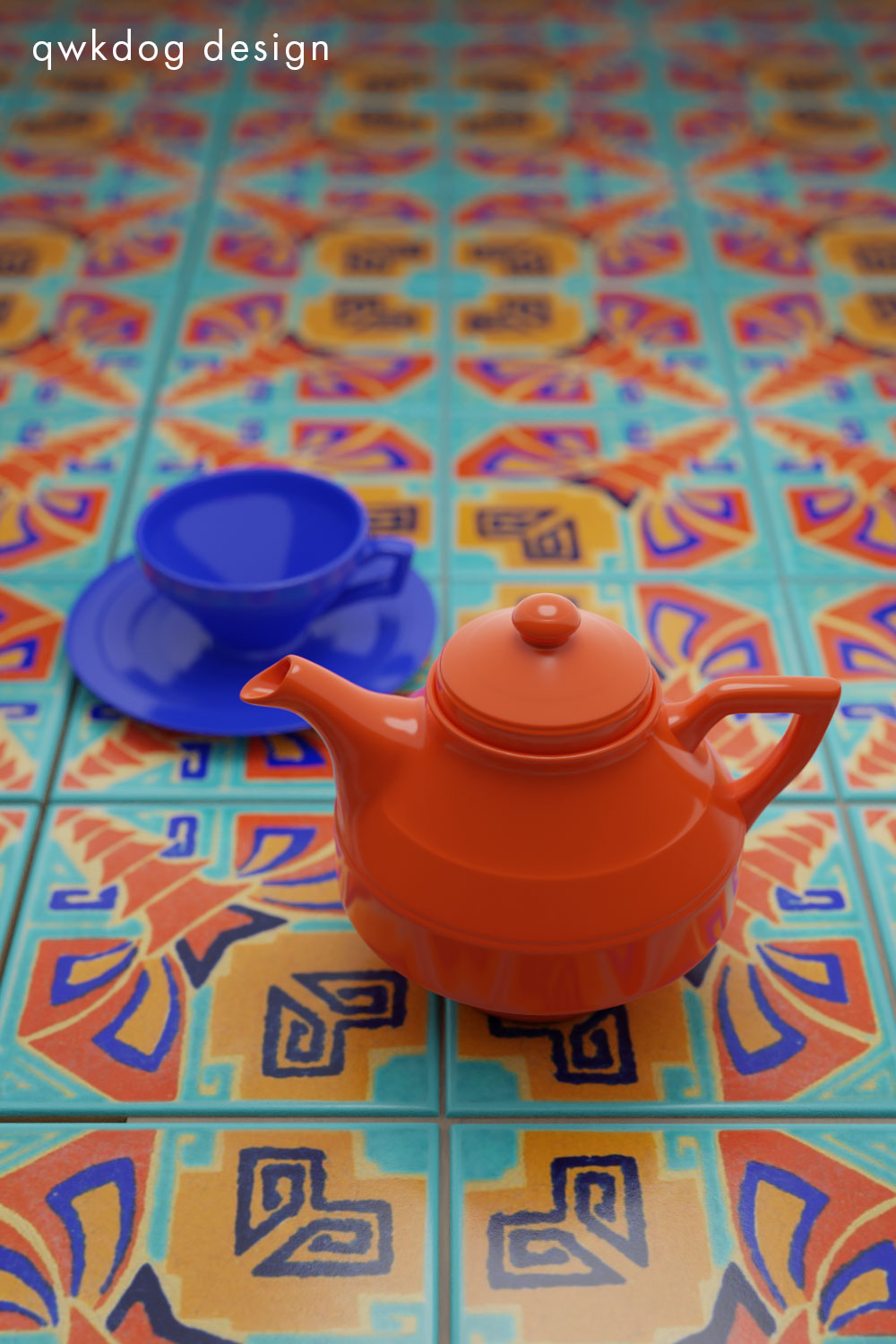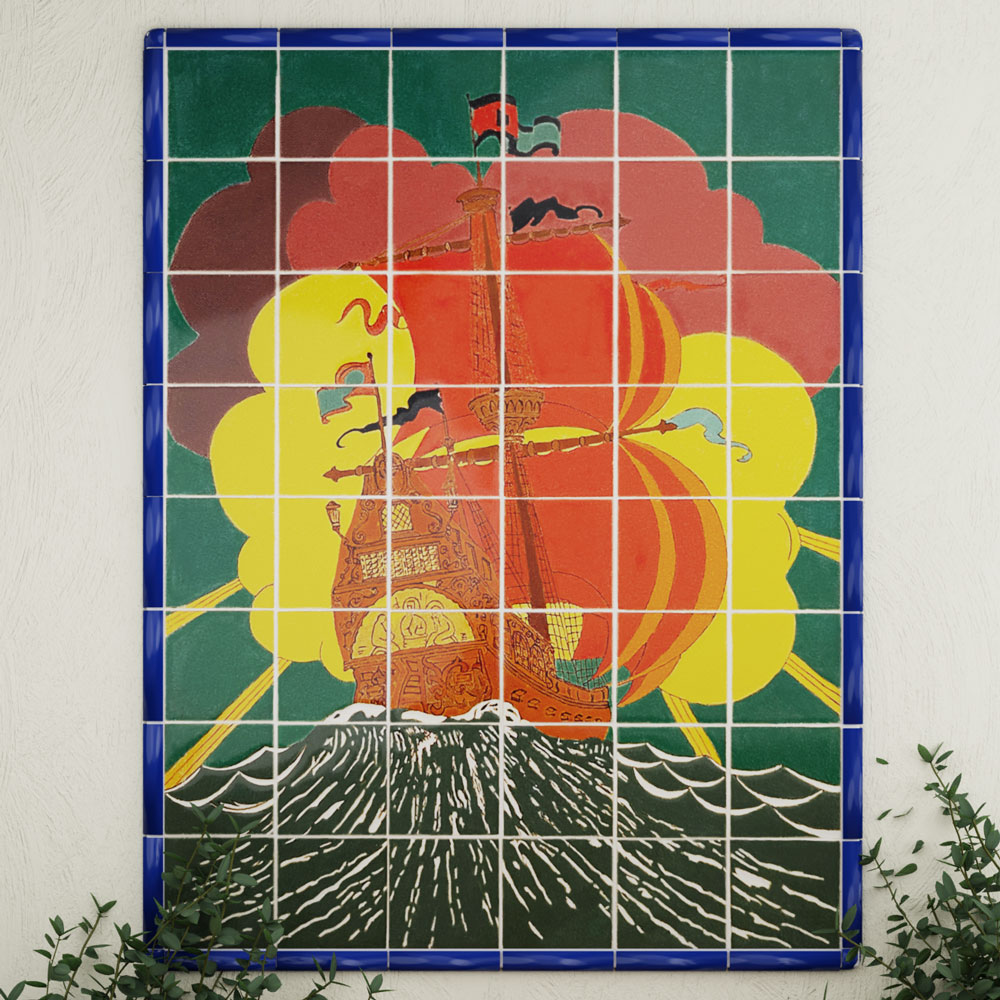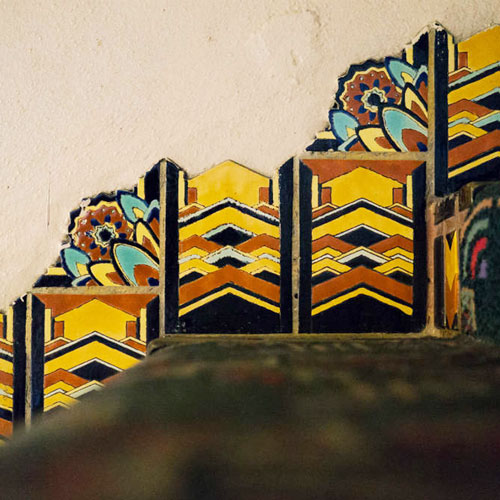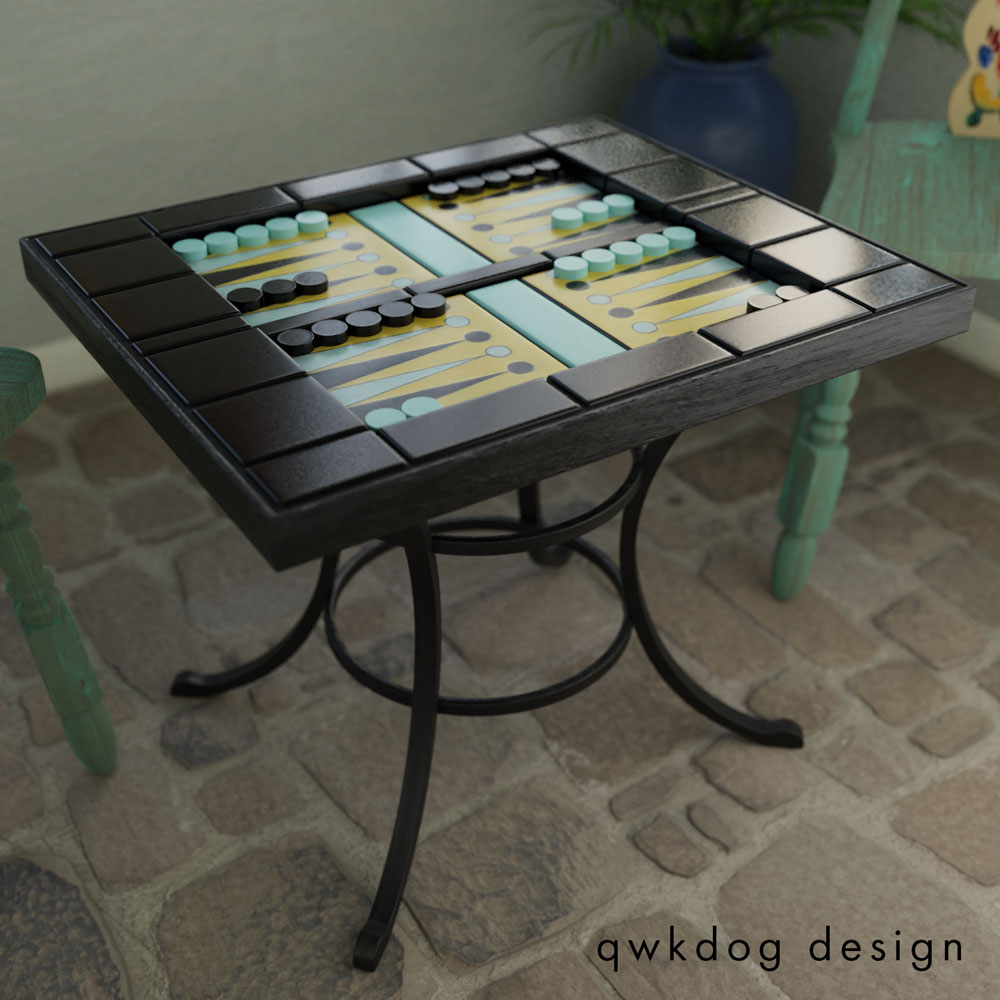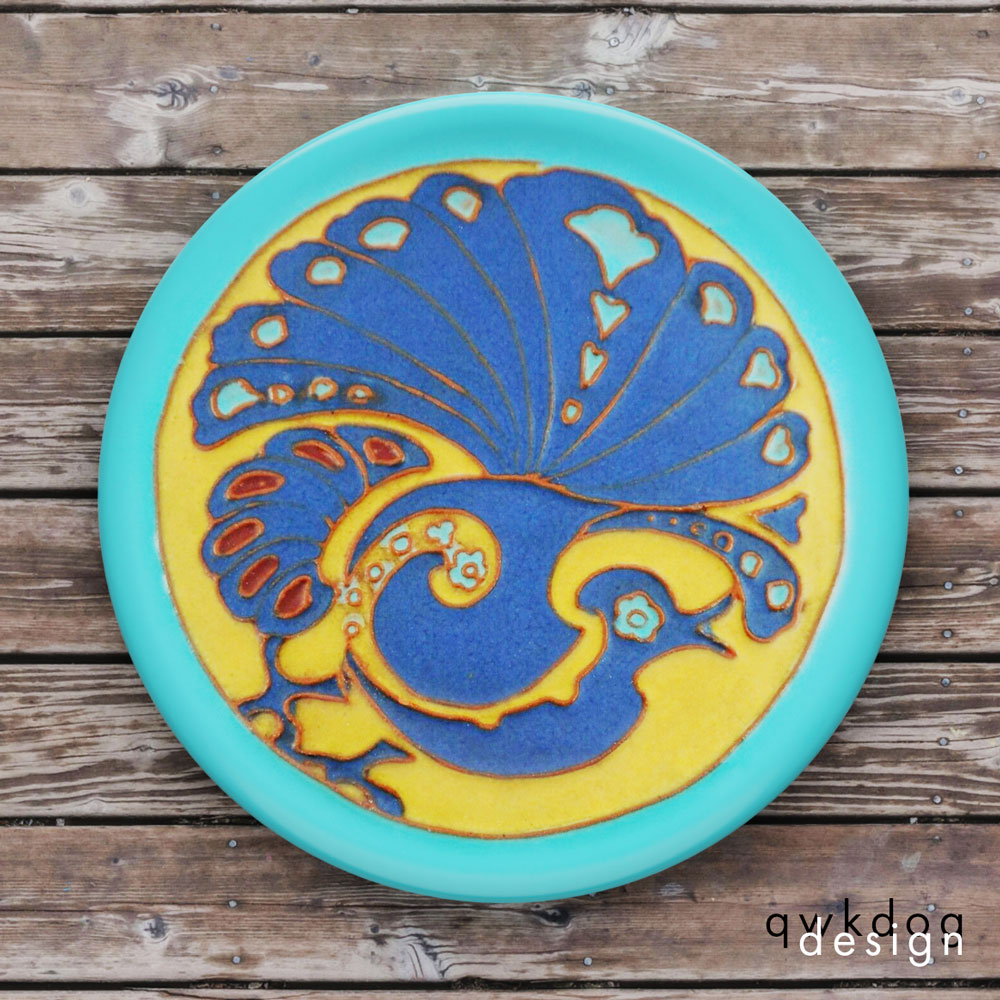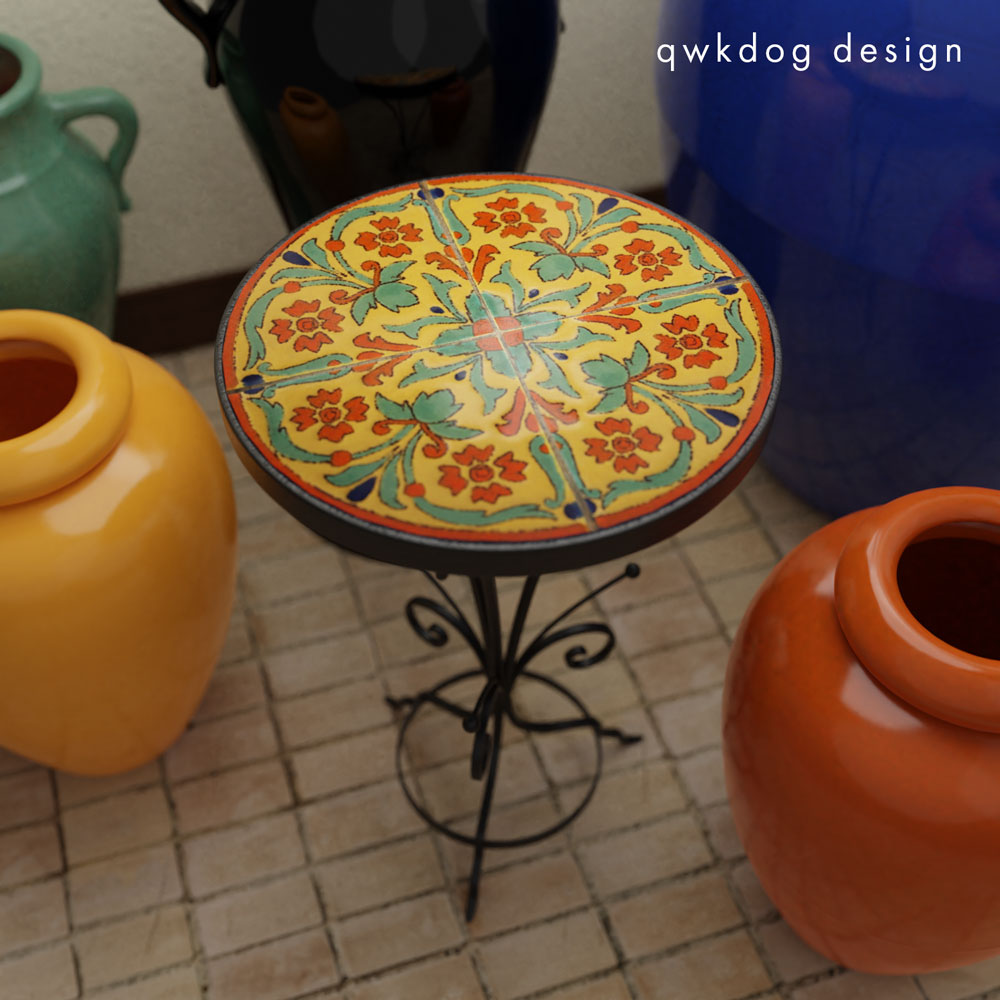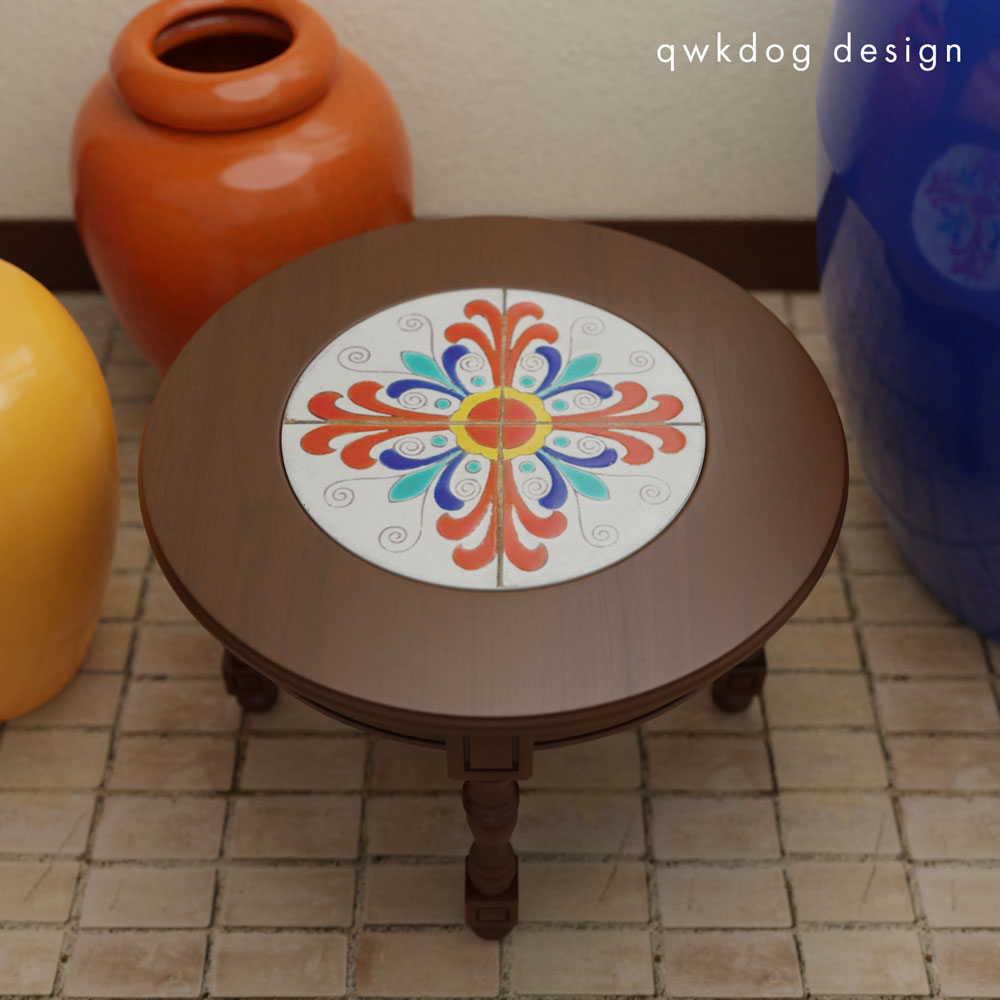As the building boom of California launched into the 20th century, area architects, builders and designers began moving away from Victorian design and idealizing a new future for commercial and residential design influenced by a romantic interpretation of Spanish Baroque and Colonial styles. The result, known as Spanish Colonial Revival, combines New World Spanish influence with other genres of the period, such as Arts & Crafts, Moorish Revival, Mission Revival and native Mexican folk art.
Architect Bertram Goodhue, who designed many of the exposition buildings for the 1915 San Diego Panama-California Exposition, helped to popularize the style in southern California. As a key design element of Colonial Revival, the market for exterior and interior decorative tile exploded. California during the 1920s experienced unbelievable population growth: It’s estimated that between 1921 and 1924, more than 100,000 people each year migrated to the area. Tile companies sprung up all around the greater Los Angeles area to meet the demand for new housing materials. Tile production peaked in the mid-1920s as the housing bubble burst and new construction slowed. Already operating at reduced capacity, many tileries were unable to survive the Great Depression that shortly followed.






